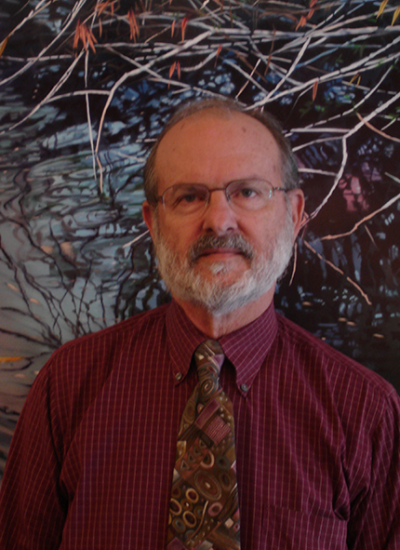An overwhelming obesogenic environment, the backdrop to a globally-expanding western lifestyle, has led to a ‘diabesity’ pandemic that represents a costly and urgent global health crisis. The success of gastric bypass surgery and gut-derived diabetes/obesity treatments highlight the major role of the gastrointestinal (GI) tract in metabolic diseases. My research aims to better understand the complex intestinal signaling mechanisms involved in the regulation of energy and glucose homeostasis in physiological and pathophysiological states. My work to date has focused on elucidating how nutrients are sensed by the gut, and how changes in these mechanisms lead to a reduction in food intake and/or a reduction in endogenous hepatic glucose production via a gut-brain neuronal axis. More specifically, my work focused on alterations in intestinal detection of fats and carbohydrates and paracrine gut peptide signaling (CCK and GLP-1) during high-fat feeding, the influence of the gut microbiota on these pathways, and how these contribute to the development of obesity and diabetes. As such, I plan to continue to decipher this complex interaction between gut-sensing mechanisms and the gut microbiota, as a better understanding of these pathways are crucial for the development of successful, gut-targeted therapeutic options in the treatment of metabolic diseases. Given the rapid rise of obesity/diabetes in only several generations, obesity cannot be attributed to genomic alterations, but more likely results from a complex set of interactions between genetic risk factors and environmental changes. Importantly, studies suggest the development of adult phenotypes (obesity and diabetes) results from early, transient environmental interactions, coined ‘early life programming,’ which has been partly attributed to epigenetic changes. Gut microbiota development is also crucial during this time, and differing modes of development (i.e. maternal microbiota, type of delivery, breastfeeding vs. formula feeding, etc.) can lead to later metabolic dysfunctions. Therefore, using animals models prone to the development of obesity and/or diabetes from polygenetic inheritance and transgenerational, epigenetic, changes in gene activity, I am studying how varying environmental factors (diet, housing, exercise, pre/post-natal environment, etc.) result in differential effects on the gut microbiota, intestinal nutrient sensing, and whole body energy and glucose homeostasis. A better understanding of how early changes in the gut microbiota can impact the development of metabolic regulation, and vice versa, is vital for developing successful strategies to curb diabetes and obesity.











